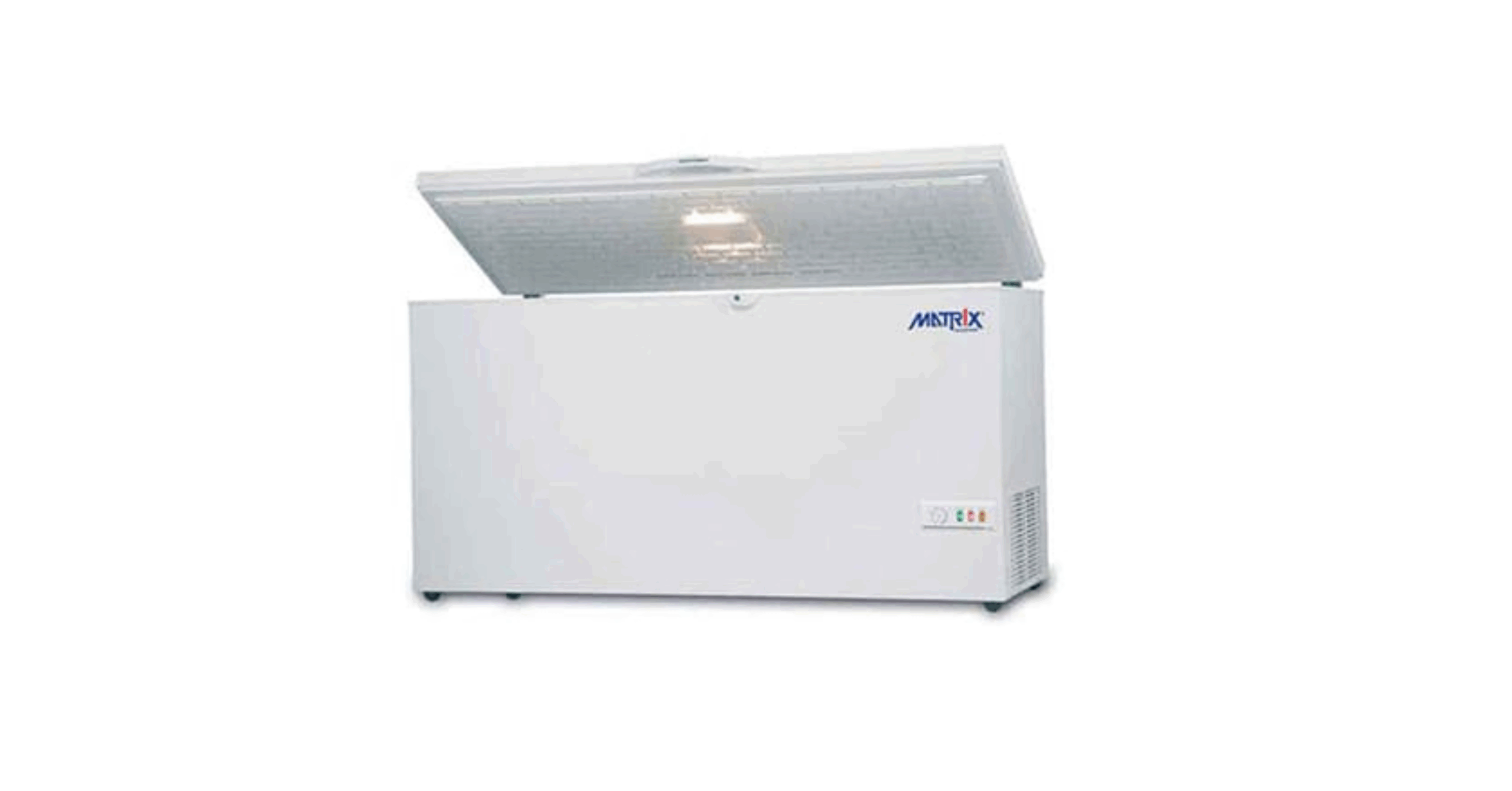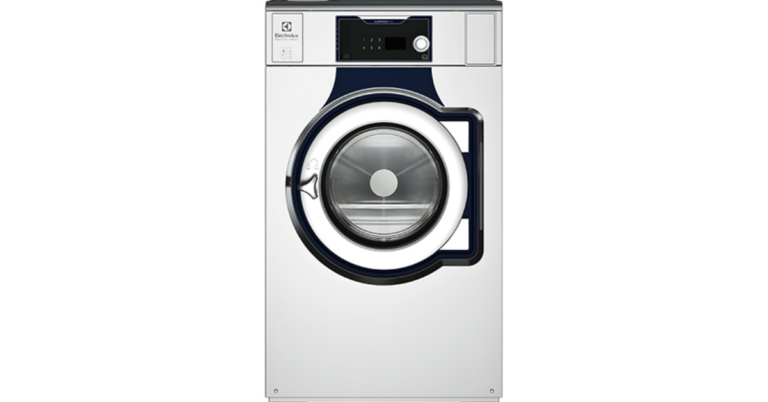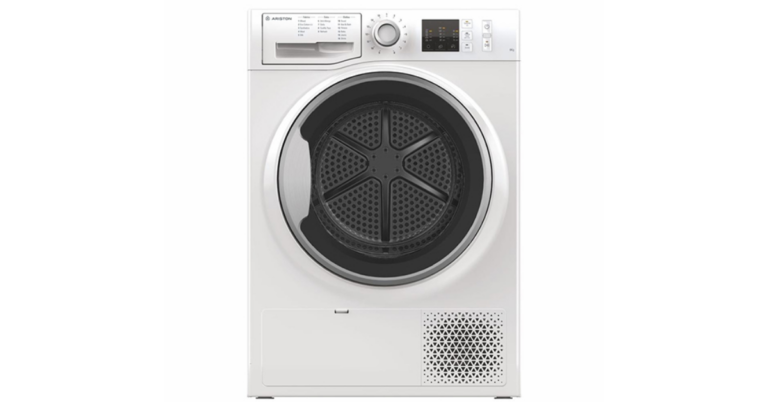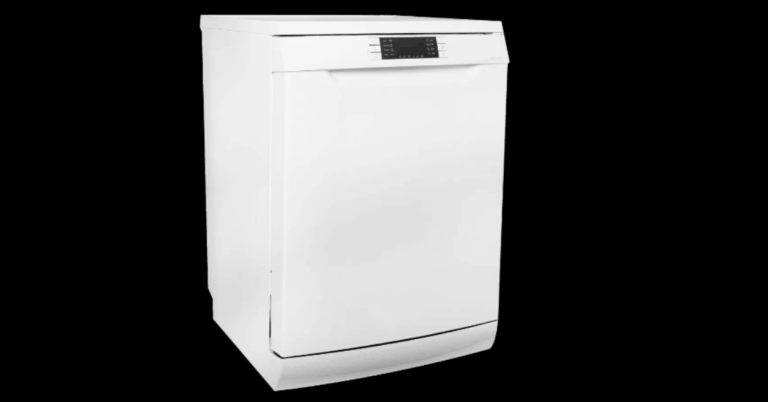Choosing the Right Chest Freezer for Marine Cruise Ships: Challenges, Criteria & Best Practices
A Chest Freezer For Marine Cruise Ships must do far more than simply freeze food — it must contend with a harsh marine environment, stringent safety and hygiene regulations, limited space, and fluctuating power conditions. On a cruise ship, food supply is critical: with thousands of guests and crew depending on fresh, frozen, and perishable foods across multi-day voyages, the cold storage systems are lifelines of the galley. The chest freezer designed for marine or cruise ship use must meet demanding standards: robust corrosion resistance, vibration tolerance, stable low-temperature performance, energy efficiency, and compliance with maritime regulations. In this article, we explore what makes a marine-grade chest freezer, how to select and maintain one, and key design considerations for use aboard cruise vessels.
The Role of Freezers in Cruise Ship Operations
Cruise ships are essentially floating hotels and restaurants — with all the complexity of food logistics, storage, and safety multiplied by the challenges of being at sea. The galley and provisioning systems must support:
Bulk storage of meats, seafood, vegetables, frozen desserts, and ready-meals
Long periods between ports, requiring extended shelf life
Strict food safety and hygiene standards under varying ambient conditions
Efficient power usage to avoid overtaxing ship electrical systems
Failing to maintain proper freezing conditions can lead to spoilage, foodborne illness, regulatory penalties, and reputational harm. That is why the chest freezer is a commonly used solution: its simple design (lid opening, top access) minimizes cold air loss and offers efficient storage density.
Marine & Cruise Ship Requirements and Standards
When operating at sea, a chest freezer must satisfy not just functional criteria, but also maritime regulatory and safety requirements. Some important constraints include:
Temperature and freezing specifications
According to marine circulars and ship food storage standards, deep freezers should maintain temperatures below –12 °C for storage up to one month, and for longer periods they may be required to reach –18 °C or lower. Additionally, food safety guidelines recommend freezers be set at –17.7 °C (0 °F) or below.Hygiene, contamination prevention and food safety compliance
Ships must comply with food hygiene regulations, crew training, and periodic inspection regimes. Freezers must allow effective cleaning, prevent cross-contamination, and function reliably in maritime environments.Durability, corrosion resistance & mechanical resilience
The marine environment exposes equipment to salt, humidity, vibrations, and potential jostling from motion. Freezers must be built from materials resistant to corrosion (often stainless or coated steel) and able to withstand vibration and tilting motions.Efficient power use & safe installation
Power aboard ships has limits. Freezers must be matched to the ship’s electrical system (e.g. 220 V AC or suitable converter/inverter systems). The installation must ensure proper airflow, cooling of condensers, and avoid thermal coupling with other heat sources.Space, layout, and integration
Space is at a premium on cruise vessels. Freezers must be compact, stackable or modular, easy to access, and laid out to support food rotation and inventory management without blocking gangways or obstructing operations.
Design & Technical Features: What to Look For
When evaluating a chest freezer for marine cruise-ship use, key design attributes include:
Capacity & Storage Layout
The freezer should be sized to handle the peak demands of the cruise — taking into account number of passengers, meal schedules, voyage length, and supply cycles. Internal compartments or baskets help in organizing different food types, controlling airflow, and preventing “hot pockets” of thawing. The lid must seal tightly, ideally with gaskets suitable for repeated cycles in salt-laden humidity.
Insulation & Thermal Efficiency
High-performance insulation (e.g. polyurethane foam) around the walls and lid is critical. Because freezers must maintain colder temperatures, insulation is more critical than in refrigerators. In marine settings, extra insulation whose R-value remains stable under temperature stress is beneficial.
Compressor & Refrigerant System
The compressor must be marine-rated, able to handle shock and vibration, and use refrigerants suitable for marine environment (e.g. low leak, stable, non-flammable). The refrigeration system (compressor, evaporator, condenser, expansion device) should be designed for sustained low-temperature performance under ambient heat loads. In many marine installations, split-systems or remote condenser placement help reduce heat interference.
Ventilation, Airflow & Condenser Cooling
Good airflow over condensers is essential — stagnant or recirculated heat will degrade performance. The installation should avoid re-circulating hot air to the condenser, ensure a proper cooling air path, and possibly use forced ventilation or cooling vents.
Electrical Interface, Safety & Control
Freezers should integrate with ship power (often 220 V AC or equivalents). They must include reliable thermostats, alarms (for temperature breaches), safety cutouts, and ease of maintenance. Overload protection, surge protection, and fail-safe design are relevant in maritime power fluctuation scenarios.
Construction & Material Quality
Exteriors and interiors should be constructed with corrosion-resistant materials (e.g. marine-grade stainless steel, coated metal) and sealed joints. Hinges, latches, screws, and fasteners must be marine-grade. The lid must be able to remain open securely for loading/unloading under ship motion.
Drainage and Defrosting Capability
As frost builds, a method to defrost, melt, and drain water safely (without flooding or contaminating adjacent areas) is important. Design should anticipate maintenance cycles.
Monitoring & Alarms
Because ships may be unmanned in certain stores overnight, remote temperature monitoring, alarms, and logging systems are highly desirable to ensure early warning of failures.
Case Study: 258 Ltr 220V Chest Freezer (Marine / Cruise Use)
A representative model might be a 258 liter, 220 V chest freezer specially designed for marine cruise ship use. Such a unit would typically feature:
Adequate capacity (258 liters) to store bulk items such as fish, meat blocks, ice cream, and precooked meals
Marine-grade design including corrosion-resistant materials and vibration-tolerant construction
Thermostat and temperature controls capable of maintaining –18 °C or lower, with precise stability
Efficient insulation and sealing to minimize heat influx and energy load
Appropriate electrical compatibility with ship’s standard 220 V AC grid
Service and maintenance design — easy access to compressor, condenser, and internal parts
Compliance with maritime standards for freezing conditions, materials, and safety
Such a freezer would occupy an essential role in the cold storage chain of a cruise ship, supporting the vessel’s ability to provision for long voyages and maintain high food quality.
Selection Process: Matching Freezer to Ship Needs
To select the ideal freezer, one must follow a structured process:
Assess Cold Storage Demand
Estimate peak frozen food volume requirements — factoring in voyage duration, menu plans, consumption levels, and buffer margins.Power & Electrical Compatibility
Ensure the freezer’s voltage, phase, and power consumption suit the ship’s electrical infrastructure. Evaluate harmonics, surge tolerance, and backup power requirements.Environmental Conditions & Location
Consider ambient temperature, humidity, ship compartment location (below deck, near engine room), ventilation, exposure to salt spray or condensation, and space constraints.Reliability & Redundancy
On a cruise ship, failure is not an option. Choose units with redundancy options, easy servicing, spare parts availability, and monitoring alarms.Compliance & Certification
Verify that the freezer complies with marine and health standards (e.g. classification society, food safety, maritime regulations).Total Cost & Lifecycle Maintenance
Consider not only purchase cost but energy consumption, cleaning, servicing, spare parts, and expected lifespan in a harsh marine environment.Supplier Support & Installation Expertise
Choose suppliers that understand marine installations, offer proper installation guidance, and provide maritime after-sales support.
Best Practices for Installation & Operation
Once installed, using a chest freezer on a cruise ship demands strict operational discipline:
Location & Mounting: Mount on vibration-dampening pads or supports. Avoid direct contact with bulkheads that transmit vibration. Leave clearance for airflow and maintenance access.
Airflow Management: Ensure intake and exhaust ventilation is unobstructed. Keep condenser fins clean and free of dust or debris.
Temperature Monitoring: Continuously log temperature. Use alarms or remote alerts to flag deviations. Log checks daily.
Inventory Organization: Use baskets or dividers to maintain airflow within the freezer and enable stock rotation (FIFO). Avoid overfilling and underfilling.
Defrosting & Cleaning: Periodically defrost and clean interior walls and drains. Inspect door gaskets, hinges, and seals regularly.
Maintenance Schedule: Follow a planned maintenance regime: inspect compressors, refrigerant pressure, electrical connections, and mechanical integrity.
Crew Training & Procedures: Staff must be trained in food safety, cold storage practices, emergency actions for freezer failure, and cleaning protocols.
Contingency Planning: Have backup freezer capacity or temporary solutions (portable freezers) in case of major failures.
Challenges & Mitigation Strategies
Operating heavy-duty freezers at sea comes with a unique set of challenges:
Power Fluctuations & Blackouts
Cranes, engine loads, or generator transitions may cause voltage dips or power interruptions. Mitigation: include surge protection, uninterruptible power supply (UPS) for control systems, and robust tolerances.
Salt Corrosion & Humidity
Warm, humid, and salty sea air accelerates corrosion. Mitigation: use marine-grade finishes, regularly inspect and maintain, employ desiccants or controlled humidity.
Vibration & Motion Stress
Rocking, pitch, and hull flexing cause mechanical stress. Mitigation: mount with flexible dampers, allow slack in wiring, and choose components rated for ship use.
Heat Load & Ambient Temperature
The internal machinery must handle heat loads from galley equipment, engine compartments, and tropical climates. Mitigation: optimize insulation, ventilate well, and avoid adjacency with heat sources.
Redundancy & Failure Risk
Failures in deep freezers can quickly spoil large volumes of food. Mitigation: build in redundancy (multiple smaller units), monitor proactively, and maintain spare parts onboard.
Conclusion
In the world of cruise ship operations, a marine-grade chest freezer is a vital element in preserving food safety, quality, and operational efficiency. The rigorous demands of the sea — power constraints, corrosion, movement, and strict food safety regulations — require specialized design, careful selection, and disciplined operational protocols. When properly specified, installed, and maintained, a well-engineered chest freezer (for example, a 258 L 220 V marine version) becomes a reliable backbone for cold storage, helping a cruise ship maintain top-tier standards in its galley operations across long voyages.







